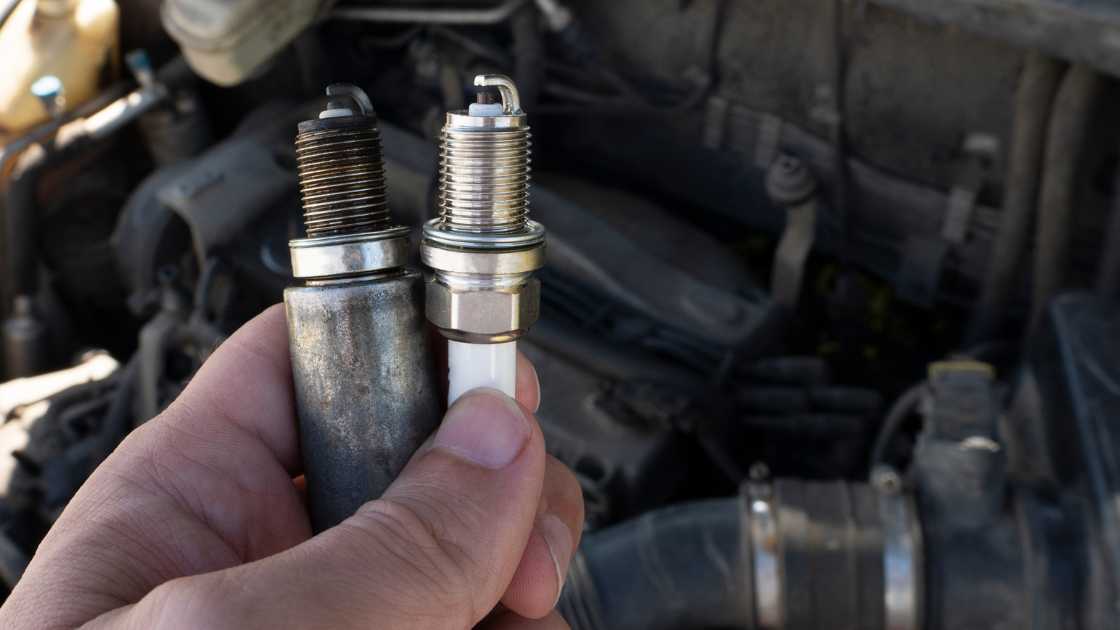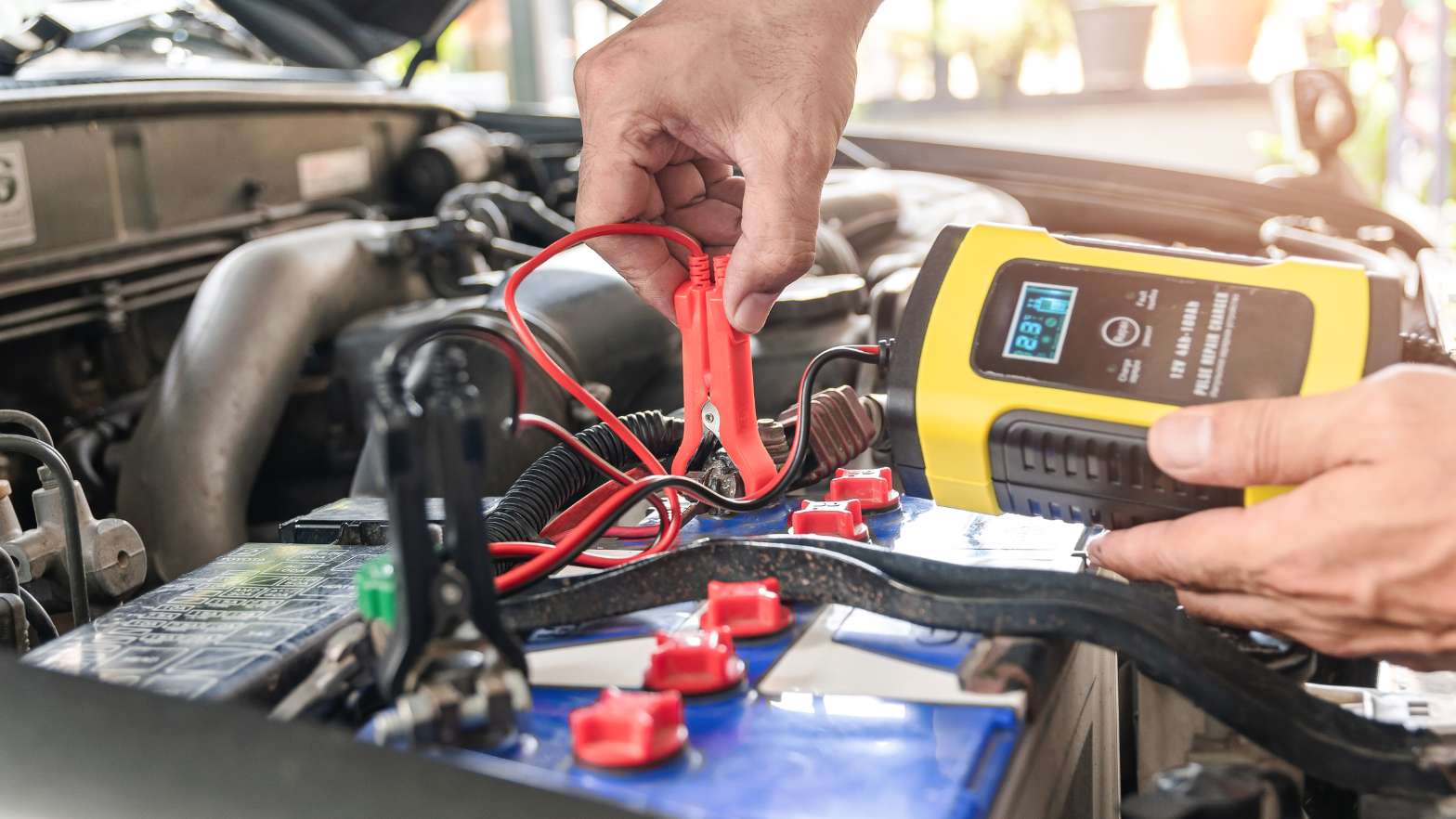Spark plugs are like the unsung heroes of your vehicle’s engine, responsible for igniting the air-fuel mixture and keeping your car running smoothly. Over time, they wear out and need replacement. But before you embark on this DIY automotive endeavor, it’s essential to know how long to let your engine cool before changing spark plugs. In this article, we’ll dive into the details, so you can handle this task like a pro.
There are 8 Essential Steps to Longevity of Engine Cooling Before Changing Spark Plugs
The Importance of Spark Plug Maintenance
Before we get into the nitty-gritty of cooling times, let’s quickly recap why spark plug maintenance is crucial. Spark plugs play a vital role in ensuring your engine runs efficiently and smoothly. Worn-out spark plugs can lead to poor fuel efficiency, reduced engine power, and even engine misfires. Regularly changing spark plugs is a simple yet effective way to keep your vehicle in top-notch condition.
Safety First: Letting the Engine Cool
Safety should always be your top priority when working on your vehicle. Before you even think about changing spark plugs, you must allow your engine to cool down properly. Here’s how long you should wait:
Cool Down Period for Most Vehicles
For most vehicles, it’s recommended to let the engine cool for at least one to two hours before changing spark plugs. This time frame allows the engine components to reach a safe temperature for handling. However, the exact duration may vary depending on your vehicle’s make and model, so consult your owner’s manual for specific guidelines.
Why Does the Engine Need to Cool Down?
Engines run at extremely high temperatures during operation. The metal components, including the spark plugs, can become scorching hot. Attempting to remove spark plugs from a hot engine can lead to accidents and injuries, including burns. It can also damage the threads in the cylinder head, making future plug replacements more challenging.
Extra Precautions for Turbocharged Engines
If your vehicle has a turbocharged engine, exercise extra caution. Turbochargers generate even more heat, so it’s advisable to wait longer, usually about three to four hours, before changing spark plugs. Again, consult your owner’s manual or a trusted mechanic for specific guidance on your turbocharged engine.
Gathering the Right Tools
While you’re waiting for your engine to cool, take the time to gather the necessary tools and materials for the job. You’ll need a spark plug socket, a ratchet, a spark plug gap tool, and, of course, the new spark plugs.
The Actual Spark Plug Replacement
Once your engine has cooled down sufficiently, you can proceed with the spark plug replacement process. Here’s a quick overview of the steps involved:
- Locate the spark plug wires or ignition coils, depending on your vehicle’s design.
- Remove the wires or coils, revealing the spark plugs.
- Use the spark plug socket and ratchet to carefully loosen and remove the old spark plugs.
- Check the gap on the new spark plugs using a gap tool. Adjust them if necessary.
- Install the new spark plugs by hand, making sure not to cross-thread them.
- Tighten the spark plugs to the manufacturer’s specified torque using the socket and ratchet.
- Reattach the spark plug wires or ignition coils.
The Final Check
After completing the spark plug replacement, start your engine and listen for any unusual noises or misfires. If everything sounds normal, you’ve successfully completed the task.
FAQs
How long should I let my engine cool before changing spark plugs?
The recommended cooling time for your engine before changing spark plugs varies depending on your vehicle’s make and model. However, as a general guideline, you should allow your engine to cool for at least one to two hours. This cooling period is essential because engines run at extremely high temperatures during operation, and attempting to remove spark plugs from a hot engine can result in accidents, injuries, or damage to the cylinder head threads. For vehicles with turbocharged engines, it’s advisable to wait even longer, typically about three to four hours, due to the additional heat generated by turbochargers. Always consult your owner’s manual or a trusted mechanic for specific cooling time recommendations tailored to your vehicle.
Can I use a fan or cool water to speed up the engine cooling process?
While it may be tempting to expedite the engine cooling process using fans or cool water, it’s generally not recommended. Introducing cool air or water to a hot engine can cause rapid temperature changes, which may lead to stress on engine components, including the cylinder head. This can result in warping or cracking, potentially leading to costly repairs. It’s safer and more effective to follow the recommended cooling time for your specific vehicle, allowing the engine to naturally dissipate heat.
Is there a risk of damaging spark plugs if I don’t let the engine cool down properly?
Yes, there is a risk of damaging both the spark plugs and the engine if you attempt to change spark plugs without allowing the engine to cool down properly. Spark plugs are typically installed in the cylinder head, which can become extremely hot during operation. If you try to remove spark plugs from a hot engine, you may cross-thread or strip the threads in the cylinder head, making future spark plug replacements challenging and potentially causing leaks. Additionally, handling hot spark plugs can lead to burns and other injuries. To avoid these risks and ensure a successful spark plug replacement, always adhere to the recommended engine cooling times for your vehicle.
Conclusion
Changing spark plugs is a manageable DIY task that can have a significant impact on your vehicle’s performance. However, it’s crucial to prioritize safety and allow your engine to cool down adequately before beginning the replacement process. Follow the recommended cooling times for your specific vehicle, and you’ll be well on your way to maintaining a healthy and efficient engine.

Jeff Gordon is an accomplished writer with expertise in the basics of car accessories. With a keen eye for detail, Jeff has established himself as an authority on the subject, with a passion for all things automotive. Based in Jasper, Jeff is dedicated to providing readers with the information they need to make informed decisions when it comes to their car accessories.






